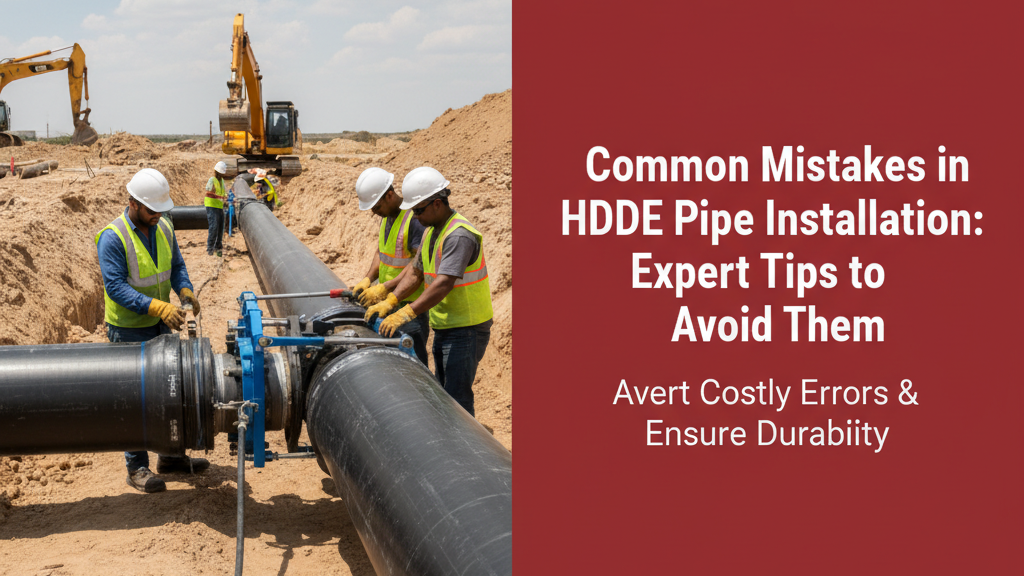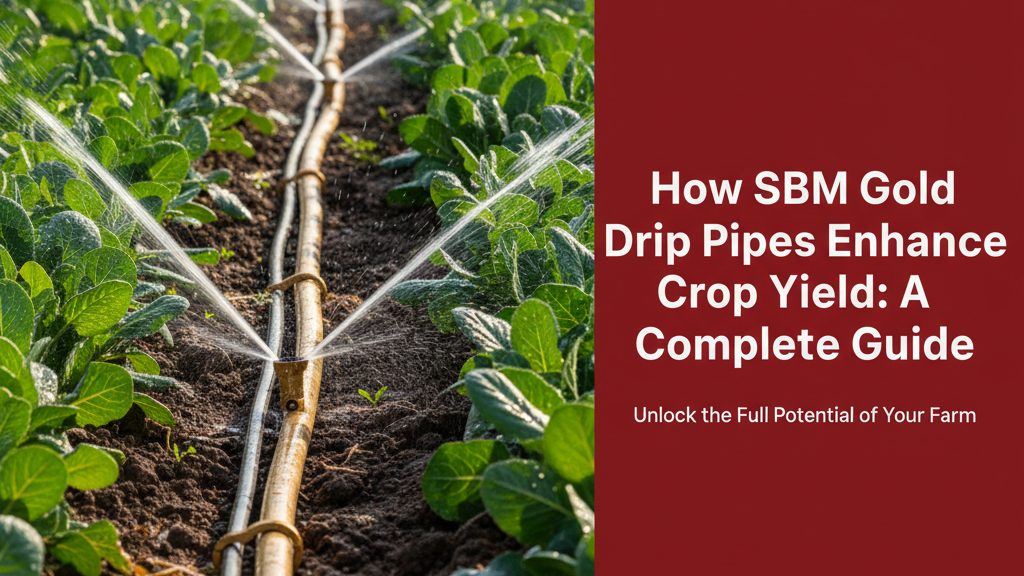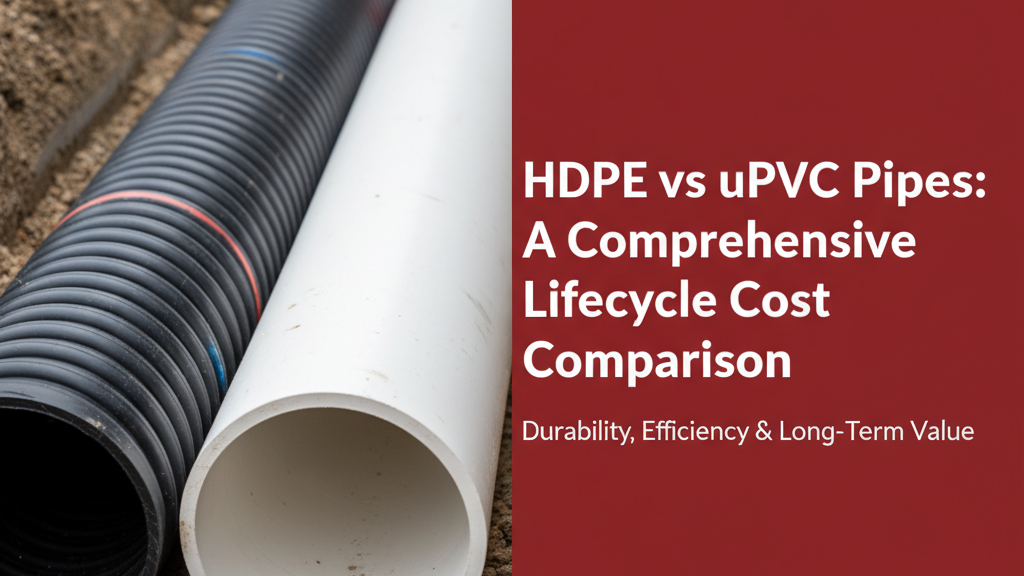Introduction to HDPE Pipe Installation
High-density polyethylene (HDPE) pipes are widely used in India for water supply, drainage, and industrial applications due to their corrosion resistance, flexibility, and long service life. However, their advantages can be compromised by installation errors. Proper techniques are essential to maintain leak-free joints, structural integrity, and optimal flow capacity.
Why Proper Installation of HDPE Pipes is Crucial
Correct installation of HDPE pipes directly impacts:
- System longevity: Well-installed joints resist root intrusion and leaks for decades
- Hydraulic efficiency: Misaligned pipes increase friction losses and reduce flow rates
- Structural safety: Unsupported pipes may sag or rupture under soil loads
As per IS 4984 (HDPE pipes for water supply) and IS 14333 (underground drainage), installations must account for India’s high ambient temperatures (often exceeding 45°C) and monsoon-induced soil movements.
Common Mistakes in HDPE Pipe Installation
Using Incorrect Joining Techniques
Mismatched fusion methods lead to weak joints:
- Butt fusion errors: Insufficient heating (<230°C), unequal pipe trimming, or inadequate pressure during cooling
- Electrofusion slip-ups: Dirty coupling surfaces, improper clamping, or premature pressure testing
- Mechanical joint issues: Over-tightening compression fittings, missing gaskets
Neglecting Thermal Expansion Considerations
HDPE expands ~2mm per metre for every 10°C temperature rise. Frequent oversights include:
- Rigid anchoring in direct sunlight (causes buckling)
- Ignoring expansion loops in pipelines >30m
- Backfilling hot pipes without cooling allowances
Improper Handling and Storage of HDPE Pipes
Damage during transit or storage reduces pipe integrity:
- Dragging pipes on rough surfaces (scratching outer layers)
- Stacking pipes >1.5m high (leads to ovality)
- Storing near fuels or solvents (chemical degradation risk)
Inadequate Preparation of the Pipe Ends
Poor end preparation causes joint failures:
- Skipping bevelling (creates stress concentrations)
- Incomplete cleaning (dust/oil prevents proper fusion)
- Irregular cuts (misaligned pipe axes during joining)
How to Avoid These Mistakes
Follow Manufacturer Guidelines
Adhere to documented procedures for:
- Fusion temperature and pressure settings
- Cooling time requirements (typically 2-10 minutes based on pipe diameter)
- Joint testing protocols (hydrostatic or pneumatic)
Ensure Proper Training for Installers
Qualified personnel should:
- Understand material properties (thermal behaviour, UV sensitivity)
- Demonstrate fusion machine operation
- Certify via programmes like the Plastic Pipe & Fittings Association’s (PPFA) training
Use the Right Tools and Equipment
Critical tools include:
- Pipe cutters with sharp blades (avoid hacksaws creating burrs)
- Calibrated fusion machines with temperature displays
- Alignment clamps for >90mm diameter pipes
Conclusion: Best Practices for HDPE Pipe Installation
A well-executed HDPE installation requires methodical attention to joining techniques, thermal dynamics, and handling protocols. Key takeaways:
- Always clean, bevel, and align pipe ends before joining
- Account for expansion/contraction in design and anchoring
- Store pipes under shade on curved racks to prevent deformation
Following these practices ensures leak-proof systems that withstand India’s demanding environmental conditions while delivering the expected 50+ year service life of quality HDPE pipes.




